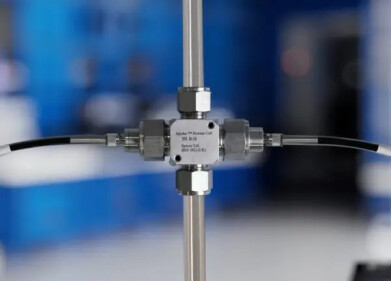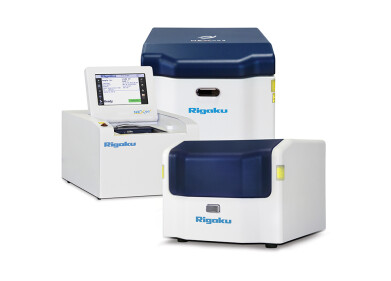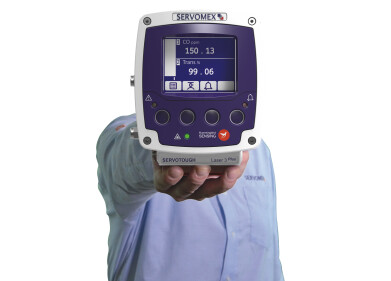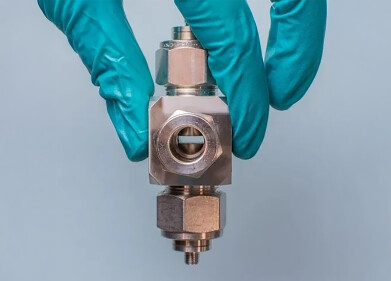-
 Peak Overlay Calibration Standards
Peak Overlay Calibration Standards -

Analytical Instrumentation
Accurate determination of fluorine, chlorine, and sulphur at trace level (<100 ppb)
Aug 20 2019
Combustion Ion Chromatography enables the determination of speciated halides and sulphur compounds by a single analysis. TE Instruments developed a fully automated, extremely compact sample preparation system covering the pyrohydrolytic combustion, fraction collection, and sample injection towards any IC. The XPREP C-IC is the only configuration capable of introducing liquid samples both via optimised direct injection module and conventional boat-inlet system into a horizontal furnace. Sample introduction by direct injection improves the analytical results for trace level applications such as aromatic hydrocarbons and ultrapure chemicals.
A larger sample volume (100 µL) can be introduced into the direct injection module compared with boat-inlet systems. Controlled sample evaporation at 1 µL/s eliminates the need for a boat program and decreases the time of sample combustion dramatically. Multiple sample combustions can be collected in the same absorption tube, which increases the concentration of analytes in the absorbance medium. The analytical results at trace level are significantly improved by adjusting the number of sample combustions, volume of absorbance liquid, size of the IC sample loop, and use of a pre-concentrator.
The XPREP C-IC sample preparation system was connected to a high-end IC to generate a fully automated C-IC configuration. Calibration standards made from fluorobenzene (F), chlorobenzene (Cl) and Dibenzothiophene (S) in Xylene were analysed, covering a range of 25 – 100 ppb for each element. Excellent calibration line fits (>0.999 r2) were created by optimizing the number of sample combustions for each analysis. The table below demonstrates high precision of analysed results at trace level (<100 ppb), which is well below the scope of international test methods currently available such as ASTM D7359 and UOP 991.
The direct injection module allows faster and more controlled combustion of larger sample volumes in comparison with boat-inlet systems. A higher concentration of analytes will be trapped in the absorbance medium, providing the best possible results for analysing liquid samples with combustion-IC at trace level.
The recently launched XPREP C-IC has a small footprint, which saves bench space. It enables speciated halide and sulphur analysis by any of the well-established ICs, offering controlled sample introduction compatible with direct injection and boat-inlet. This sample system features a 65 position fraction collection unit facilitating the immediate analysis or storage of combusted samples and performs oxidative pyrohydrolitic combustion of solids, liquids, gas and LPG
Digital Edition
PIN 25.5 Oct/Nov 2024
November 2024
Analytical Instrumentation - Picturing Viscosity – How Can a Viscometer or a Rheometer Benefit You? - Sustainable Grease Formulations: Evaluating Key Performance Parameters and Testing Method...
View all digital editions
Events
Dec 03 2024 Dusseldorf, Germany
Dec 08 2024 Anaheim, CA, USA
Turkey & Black Sea Oil and Gas
Dec 11 2024 Istanbul, Turkey
Dec 19 2024 Aurangabad, India
Jan 20 2025 San Diego, CA, USA


















